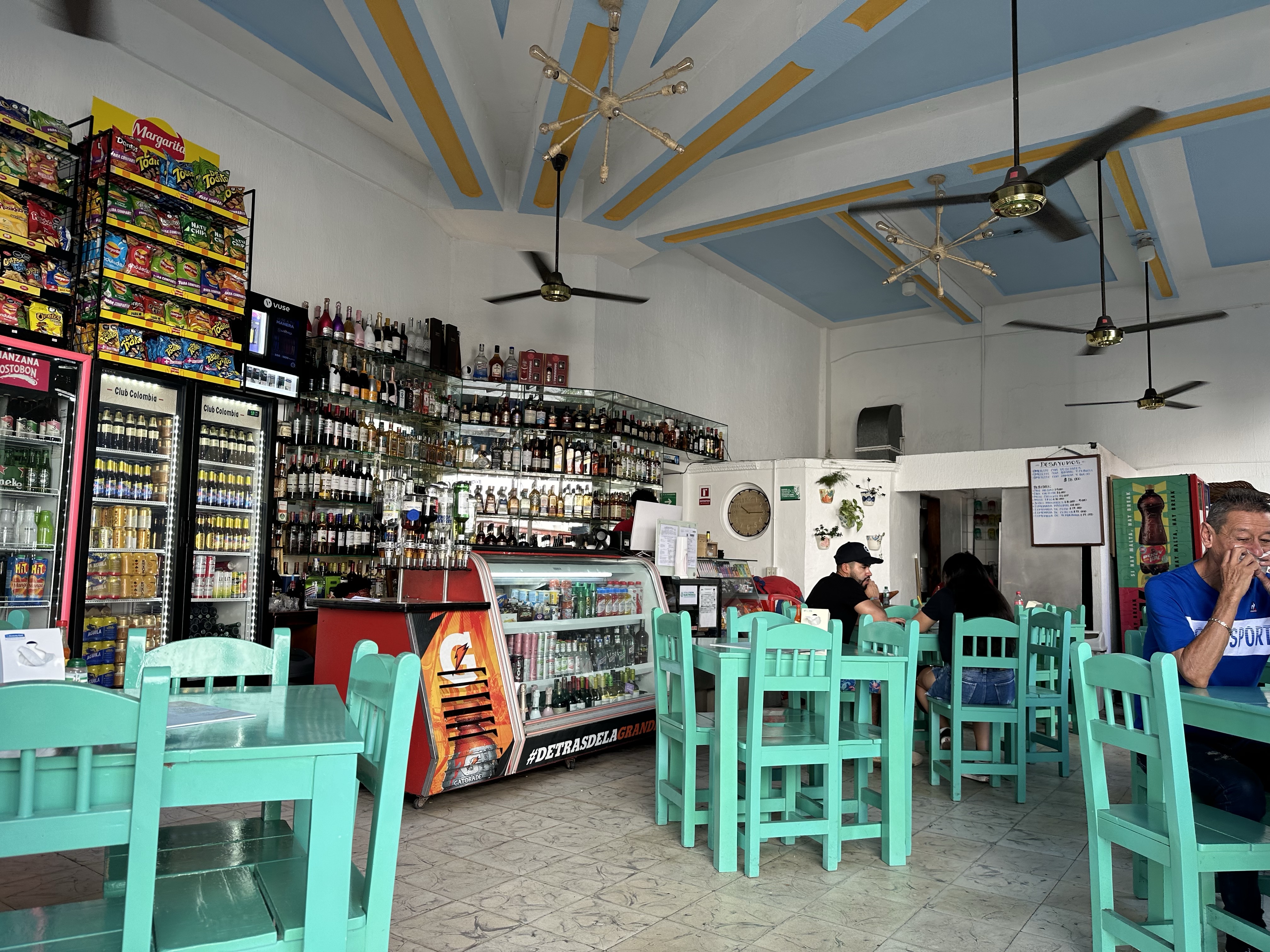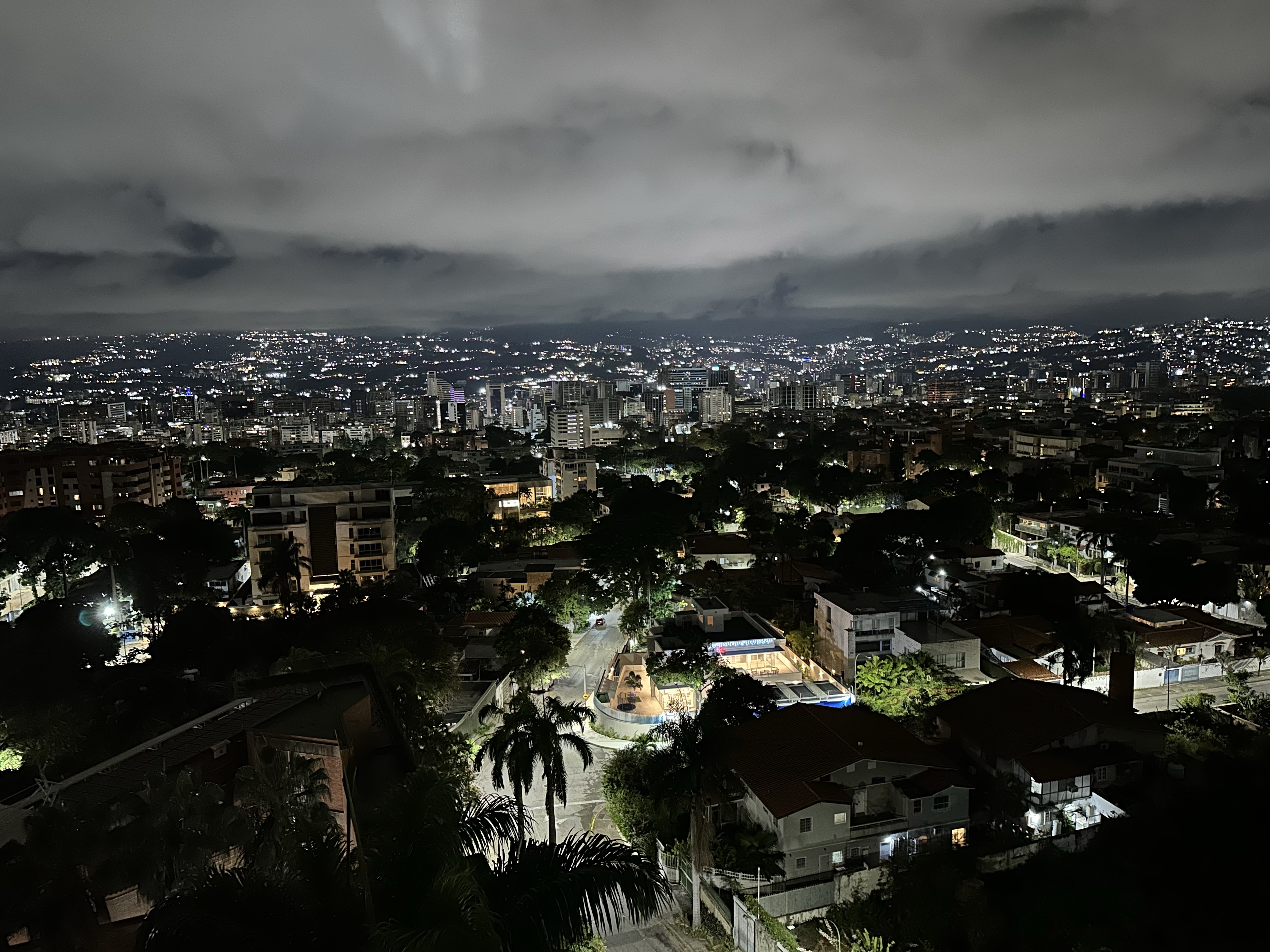Cartagena de Indias, the Caribbean's Jewel 🇨🇴

Cartagena de Indias, Colombia, January 2024
At the beginning of January 2024, Leo and I took a short but incredible break to Cartagena de Indias, Colombia. The trip was special for many reasons, but especially because it was Leo’s first time on a plane! Watching his excitement as we took off from Caracas to Bogotá and then changed for our flight to Cartagena made the journey even more memorable.
A Walk Through History – Cartagena’s Old Town
Cartagena is a city that breathes history. As soon as we arrived, we were welcomed by its colourful streets, cobbled alleys, and well-preserved colonial architecture. Walking through the Old Town felt like stepping back in time, with Spanish-era balconies overflowing with flowers, churches standing tall over bustling plazas, and the sound of street musicians filling the air.
The Walled City, a UNESCO World Heritage Site, is at the heart of Cartagena’s charm. The thick stone walls that once protected the city from pirate attacks still surround the historic centre, offering incredible views of the Caribbean Sea from Baluarte de Santo Domingo and San Felipe de Barajas Castle. The fortress, one of the most impressive in South America, stands as a reminder of Cartagena’s importance as a colonial stronghold.
We spent hours wandering through the Plaza de los Coches, where horse-drawn carriages still roll by, and exploring the Plaza Santo Domingo, where the famous “Gertrudis” sculpture by Fernando Botero sits, symbolising good luck for those who touch it. The lively Getsemaní neighbourhood, once overlooked, has now become one of Cartagena’s most artistic and vibrant districts, filled with murals, small cafés, and street performers.
Relaxing by the Sea – Beaches and Modern Cartagena
Cartagena isn’t just about history—it’s also about relaxation and the Caribbean lifestyle. We enjoyed our hotel’s swimming pool, soaking in the tropical sunshine, and made time for Cartagena’s beaches. While the city’s urban beaches might not be the most spectacular in the Caribbean, the warm waters and lively atmosphere made for a fun experience.
Beyond the Old Town, Cartagena has a modern side. We explored the Bocagrande district, with its high-rise hotels, shopping centres, and restaurants offering stunning sea views. The contrast between the colonial charm of the Old Town and the sleek skyline of modern Cartagena made the city even more fascinating.
Venturing into Nature – La Boquilla and the Mangroves
One of the highlights of our trip was visiting La Boquilla, a small fishing village just outside Cartagena. Unlike the tourist-filled streets of the Old Town, La Boquilla had a more local, relaxed vibe, with small huts lining the shore and fishermen pulling in their daily catch.
Here, we embarked on a mangrove forest tour, one of the most unique natural experiences in the region. Mangroves are coastal trees that grow in saltwater, with intertwined roots that create a dense network above the water. These ecosystems are vital for marine life, acting as natural nurseries for fish and crabs while also protecting the coastline from erosion.
Gliding through the narrow water channels of the mangrove forest in a small wooden canoe, we were surrounded by tunnels of green, where birds, crabs, and even small fish moved through the roots of the trees. The peacefulness of the mangrove labyrinth was a stark contrast to the lively streets of Cartagena, offering a moment of pure tranquillity.
An Unforgettable Experience
From Leo’s first flight to exploring the history, culture, and natural beauty of Cartagena, this trip was nothing short of amazing. It was a perfect mix of relaxation, discovery, and adventure, making it a fantastic way to start 2024.
Click here to access the album.
Venezuela in 2024 🇻🇪

Caracas, Venezuela, January 2024
In 2024, life in Venezuela continued to be a mix of humanitarian work, discovering new places, and experiencing the rich culture of the country. The more time spent here, the more the country revealed its complexities, challenges, and undeniable beauty. Each trip brought a new perspective, whether in the bustling cities, the quiet coastal towns, or the historical centres filled with echoes of the past.
Life in Caracas – The Heartbeat of Venezuela
Most of the year was spent in Caracas, a city that never stands still. Life here is fast-paced, with its streets filled with markets, historic plazas, and modern developments sitting side by side. The Ávila mountain range towers over the city, offering a constant reminder of how nature and urban life intertwine in Venezuela. Between work, daily life in La Castellana, and moments spent in Altamira and El Hatillo, the city continued to be both familiar and surprising.
Maiquetía – The First Glimpse of the Coast
Many trips began or ended in Maiquetía, the coastal town near Simón Bolívar International Airport. Perched on the edge of the Caribbean Sea, it was a place of transitions—the first breath of ocean air after leaving the capital or the last stop before a new journey.
Naiguatá – A Seaside Retreat
Further along the coast, Naiguatá offered an escape from the rush of Caracas. A small town wedged between the mountains and the sea, it was a place where local traditions remained strong. The beaches, though often quiet, held a charm that made every visit feel special.
El Guapo – Rural Beauty and Simplicity
Unlike the more well-known destinations, El Guapo was a step into a slower, more rural Venezuela. The landscapes were green and unspoiled, and life moved at a gentler pace. It was the kind of place that reminded why Venezuela is so unique—beyond the big cities, there are places where time seems to stretch and nature dominates.
Barcelona – History and Colour
The city of Barcelona, one of Venezuela’s oldest, was a chance to walk through cobblestone streets, past colonial-era churches, and into bustling markets where locals gathered for fresh produce and handmade goods. The colourful buildings and historic charm made it one of the most fascinating stops of the year.
Guanta – A Coastal Stop Before the Islands
Not far from Barcelona, the coastal town of Guanta was a relaxed stop along the way. The waterfront, dotted with small fishing boats, gave it a slower rhythm than the larger cities. It was a place often used as a gateway to the Caribbean, but it had a charm of its own.
Cumaná – Where History Meets the Sea
Spending time in Cumaná, the oldest European-founded city in South America, was like stepping into a different era. The colonial architecture, the fortresses, and the ocean views made it a blend of history and natural beauty. Every walk through the city’s streets was a reminder of how much history had unfolded here.
La Guaira – Where the Mountains Meet the Sea
Close to Caracas but with a completely different atmosphere, La Guaira was always full of energy. A port city with a dramatic backdrop of towering mountains and the Caribbean coastline, it was a place of commerce, culture, and movement. It was never quiet, but that was part of its charm.
A Year of New Experiences and Familiar Places
Each trip in 2024 added another layer to the understanding of Venezuela. The contrast between urban life in Caracas, the coastal towns, and the historical cities painted a fuller picture of the country’s richness and diversity. Whether it was through work, exploring, or simply daily life, Venezuela continued to fascinate, challenge, and inspire every single day.
Click here to access the album.
